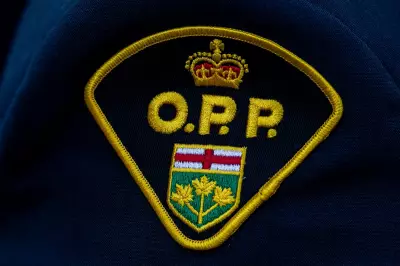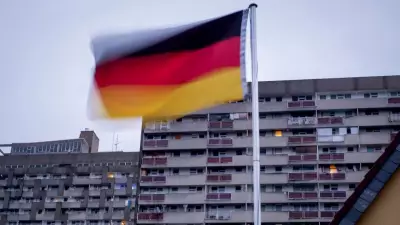
Montreal's political landscape has undergone a significant transformation as the composition of the new city council comes into focus. The recent municipal elections have reshaped the city's governing body, bringing both continuity and change to how Canada's second-largest city will be managed.
A Council in Transition
The newly formed council represents a diverse cross-section of Montreal's political spectrum, with notable shifts in party representation that could influence policy decisions for years to come. The balance of power has shifted in meaningful ways, setting the stage for new alliances and potential challenges to the administration's agenda.
Representation Matters
One of the most striking aspects of the new council is the increased diversity among its members. The election results show progress in gender representation and cultural diversity, reflecting Montreal's status as a vibrant, multicultural metropolis. This evolution in council composition promises to bring fresh perspectives to city governance.
Political Implications
The reconfigured council means that Mayor Valérie Plante's administration will need to navigate a changed political environment. With different party strengths and new voices at the table, the dynamics of passing legislation and implementing campaign promises have become more complex.
Key Changes to Watch
- Shift in party representation across boroughs
- New faces bringing different expertise to city governance
- Changes in committee leadership positions
- Potential impact on major city initiatives and budgets
What This Means for Montrealers
The new council configuration will directly affect how neighborhood concerns are addressed and which city-wide priorities receive funding and attention. From infrastructure projects to social programs, the decisions made by this council will shape Montreal's development trajectory.
As the council members begin their terms, all eyes will be on how they collaborate across party lines to address pressing urban challenges including housing affordability, public transit improvements, and economic recovery post-pandemic.





